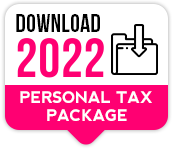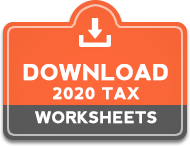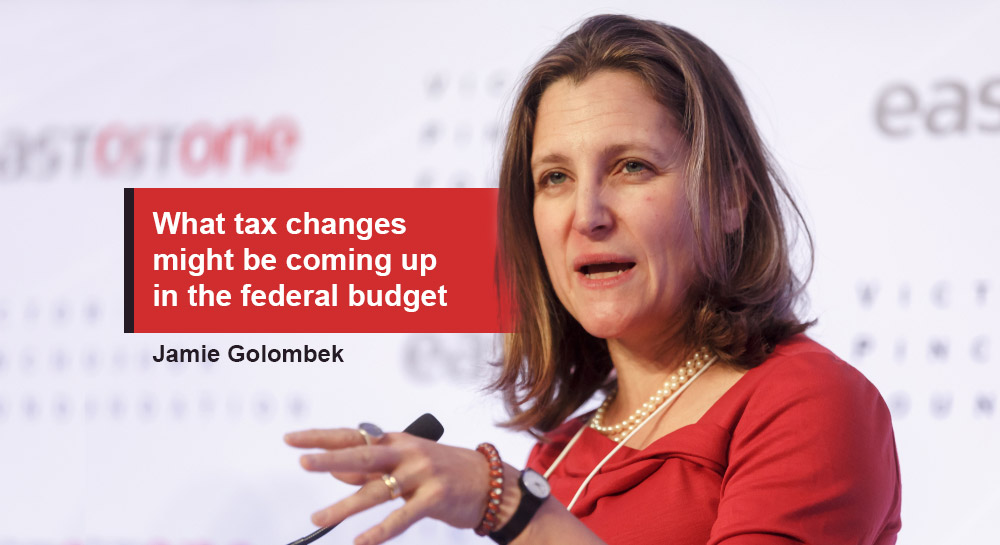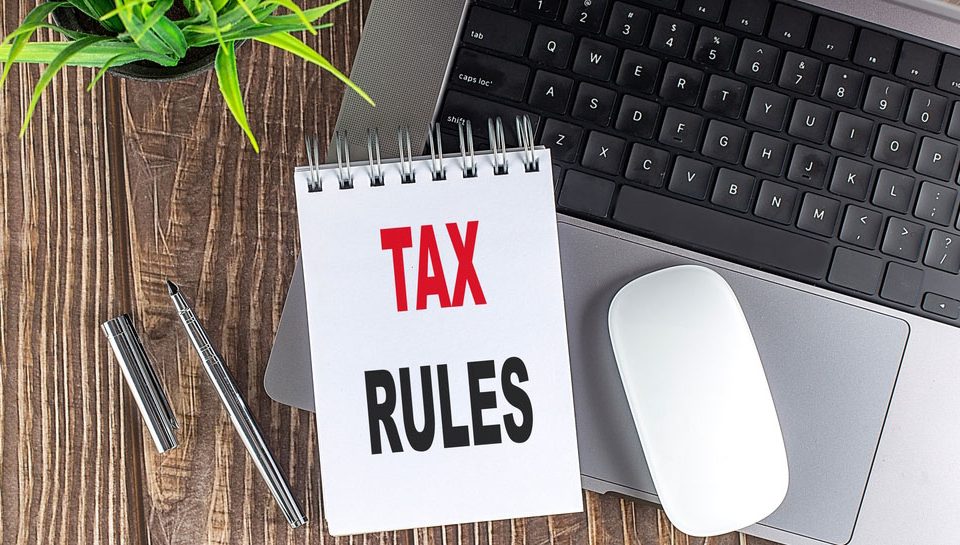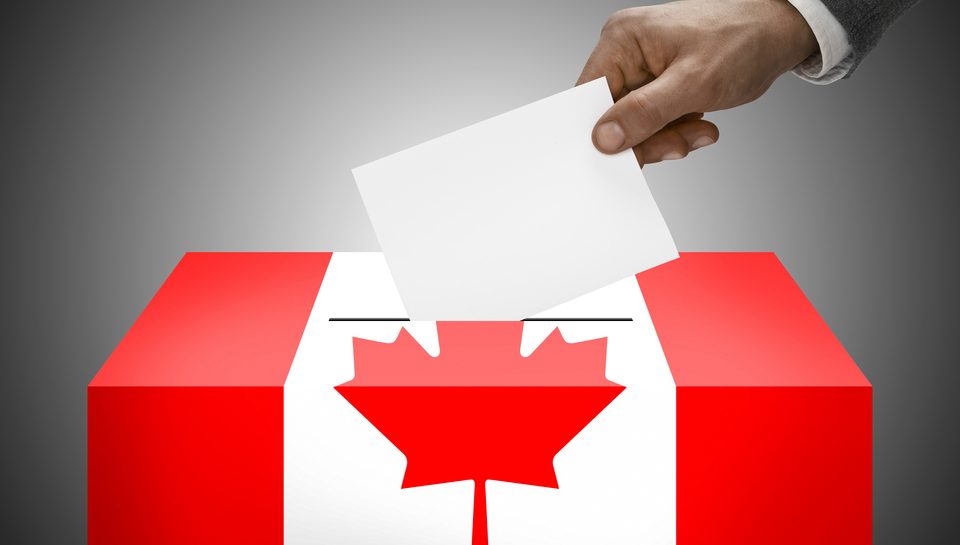
Calgary land flipper sentenced for evading taxes on $7.5M sale
April 2, 2022
Federal Budget Commentary 2022
April 15, 2022You might want to act now on at least one of these potential changes
A Calgary ‘land flipper’ was handed a 15-month conditional sentence and a fine of more than $643,000 after evading taxes he owed on a multi-million dollar land transfer.

Minister of finance Chrystia Freeland holds a copy of last year’s federal budget before tabling it in April, 2021. This year’s budget will come down April 7. PHOTO BY DAVID KAWAI/BLOOMBERG
Finance Minister Chrystia Freeland on April 7 will present the federal government’s budget plan, which could include a variety of tax measures affecting individuals, corporations and charities. Here’s a short list of potential tax changes, along with a prediction on whether we’re likely to see them next week.
Tax rates
Could we see a bump in the top tax rate for the highest income-earners? Possibly.
The top federal tax rate of 33 per cent kicks in at income over $221,708 for 2022. The NDP’s pre-election platform increased this by two percentage points to 35 per cent. That would bring the top combined marginal tax rate, including both the federal and provincial components, to approximately 55.5 per cent in British Columbia, Ontario and Quebec, while Nova Scotia’s would be 56 per cent.
In light of the Liberal-NDP’s non-coalition coalition, and given it was the Liberals who hiked up the top rate for high-income earners to 33 per cent from 29 per cent in 2016, this one could be on the table.
Boutique tax credits
The Liberals’ pre-election platform promised to double the First-Time Home Buyers’ Tax Credit, introduce a home renovation tax credit to help families add a secondary unit to their home for an immediate or extended family member, and create a new credit for home appliance repairs.
Given the government’s record of introducing other targeted credits, including the recently enhanced eligible educator school supply tax credit and the digital news subscription tax credit, we could see these formally introduced next week for the 2022 tax year.
First Home Savings Account
The budget may contain details of the new tax-free First Home Savings Account, which would permit Canadians under 40 to save up to $40,000 towards their first home. Like a registered retirement savings plan (RRSP) contribution, the funds contributed to the account would generate a tax deduction, thus allowing a qualifying individual to effectively contribute up to $40,000 of their pre-tax income to the new plan.
The money could then compound and grow tax free inside the plan until you withdraw up to a maximum of $40,000, tax free. There would be no requirement to repay it, unlike amounts withdrawn from the current RRSP-based Home Buyers’ Plan. If the funds in the proposed new account are not used for a home purchase by the age of 40, they convert back to normal RRSP savings.
It’s likely we’ll see the details of the new plan in the budget, with an expected launch date in 2023.
Anti-flipping tax
The government has already announced its intention to introduce an anti-flipping tax for housing meant to “reduce speculative demand in the marketplace and help to cool excessive price growth,” as well as make it easier for the Canada Revenue Agency (CRA) to reassess perceived abusers of the principal residence exemption (PRE).
Promised as part of the party’s pre-election platform, the plan would remove the PRE from individuals who sell their principal residence within 12 months of purchase (or transfer of title), and treat the gains from the sale as taxable capital gains beginning in the 2022 tax year. (There are some notable exceptions).
Capital gains inclusion rate
No discussion of personal tax changes would be complete without the annual warning about a potential increase in the capital gains inclusion rate. It wasn’t in the Liberal election platform, but given the NDP’s playbook had a hike in the capital gains inclusion rate to 75 per cent, some worry the NDP may hold some sway over the Liberals in setting tax policy for the upcoming budget.
If a change was announced, it would likely be effective as of budget day. As a result, investors who fear an imminent increase in the inclusion rate may wish to consider rebalancing their portfolio by taking gains currently, thereby locking in a 50-per-cent inclusion rate. There are also more sophisticated tax strategies that could buy you some time if you’re unsure what could happen to the inclusion rate.
Private corporation clampdown
The government may decide to shut down, by way of new legislative amendments, various corporate tax-planning arrangements that some sophisticated taxpayers have been employing to reduce taxes otherwise payable via their private corporations. Currently, the CRA has been going after plans it doesn’t like through the court system, but a legislative fix may make that easier. Specifically, the government may target surplus stripping and non-Canadian-controlled private corporations for legislative reform.
Post Credit: Financial Post By Jamie Golombek Published March 31, 2022
(https://financialpost.com/personal-finance/taxes/jamie-golombek-what-tax-changes-might-be-coming-up-in-the-federal-budget)
